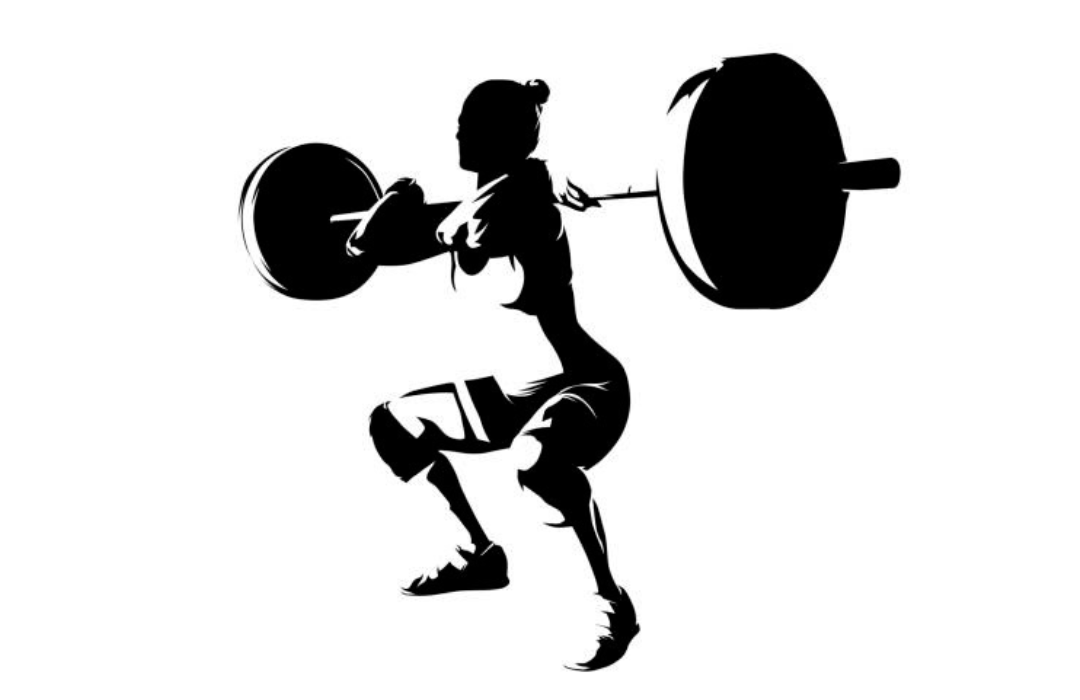
The Importance of Heavy Squats for Midline Stability and Core Strength
Share
In the world of fitness, heavy squats have long been regarded as a cornerstone exercise for building lower body strength. However, their benefits extend far beyond just leg muscles. In this article, we will explore why heavy squats are essential for enhancing midline stability and developing a strong core. Not only will you learn about the biomechanics behind this exercise, but also how it can improve your overall athletic performance and prevent injuries. So, let's dive in!
- Biomechanics of Heavy Squats:
When performing heavy squats, your body engages a network of muscles, including the quadriceps, hamstrings, glutes, and calves. However, one often overlooked aspect is the role of your core and midline stability in supporting and maintaining proper form throughout the movement. As you descend into the squat, your core muscles, including the rectus abdominis, obliques, and transverse abdominis, engage to stabilize your spine and maintain an upright posture.
- Enhances Midline Stability:
Midline stability refers to the ability to maintain a neutral spine position during movement. Heavy squats challenge and strengthen your midline stability by imposing a significant load on your spine. As you perform the exercise, your core muscles work to resist excessive flexion, extension, or lateral bending of the spine, promoting a stable and secure base for the movement. This increased midline stability carries over to various other athletic activities and daily movements, reducing the risk of back pain and injuries.
- Builds Core Strength:
While heavy squats primarily target the lower body, they simultaneously develop core strength. Your core acts as a bridge between your upper and lower body, providing stability and transmitting force effectively. As you lift heavier weights during squats, your core muscles work harder to counterbalance the load, generating a strong contraction. This continuous engagement strengthens your core musculature, including the deep stabilizers, resulting in improved overall core strength and functionality.
- Functional Transfer to Sports and Daily Life:
In addition to the direct benefits on midline stability and core strength, heavy squats offer significant functional transfer to various sports and daily activities. Many sports, such as basketball, tennis, and soccer, require explosive lower body power and a stable core for efficient movement. The increased strength and stability gained from heavy squats directly translate into enhanced athletic performance, agility, and power generation. Furthermore, the improved core strength provides better support for daily movements like lifting heavy objects, bending, and twisting, reducing the risk of strain and injury.
- Injury Prevention:
A weak core and inadequate midline stability can contribute to various musculoskeletal injuries, especially in the lower back. By incorporating heavy squats into your training routine, you proactively strengthen the muscles responsible for spinal stabilization. This, in turn, reduces the risk of lower back pain and injury during both athletic endeavors and daily tasks. Additionally, the improved core strength and stability acquired through heavy squats create a protective mechanism for your spine, enhancing its resilience against external forces.
Heavy squats are not only beneficial for building lower body strength but also play a vital role in enhancing midline stability and core strength. By engaging and strengthening the core muscles, heavy squats provide a stable foundation for various athletic movements and daily activities. Furthermore, this exercise promotes better posture, reduces the risk of lower back injuries, and improves overall athletic performance. So, if you're looking to enhance your midline stability and core strength, make heavy squats a key component of your training regimen and reap the rewards of a stronger, more resilient body.

